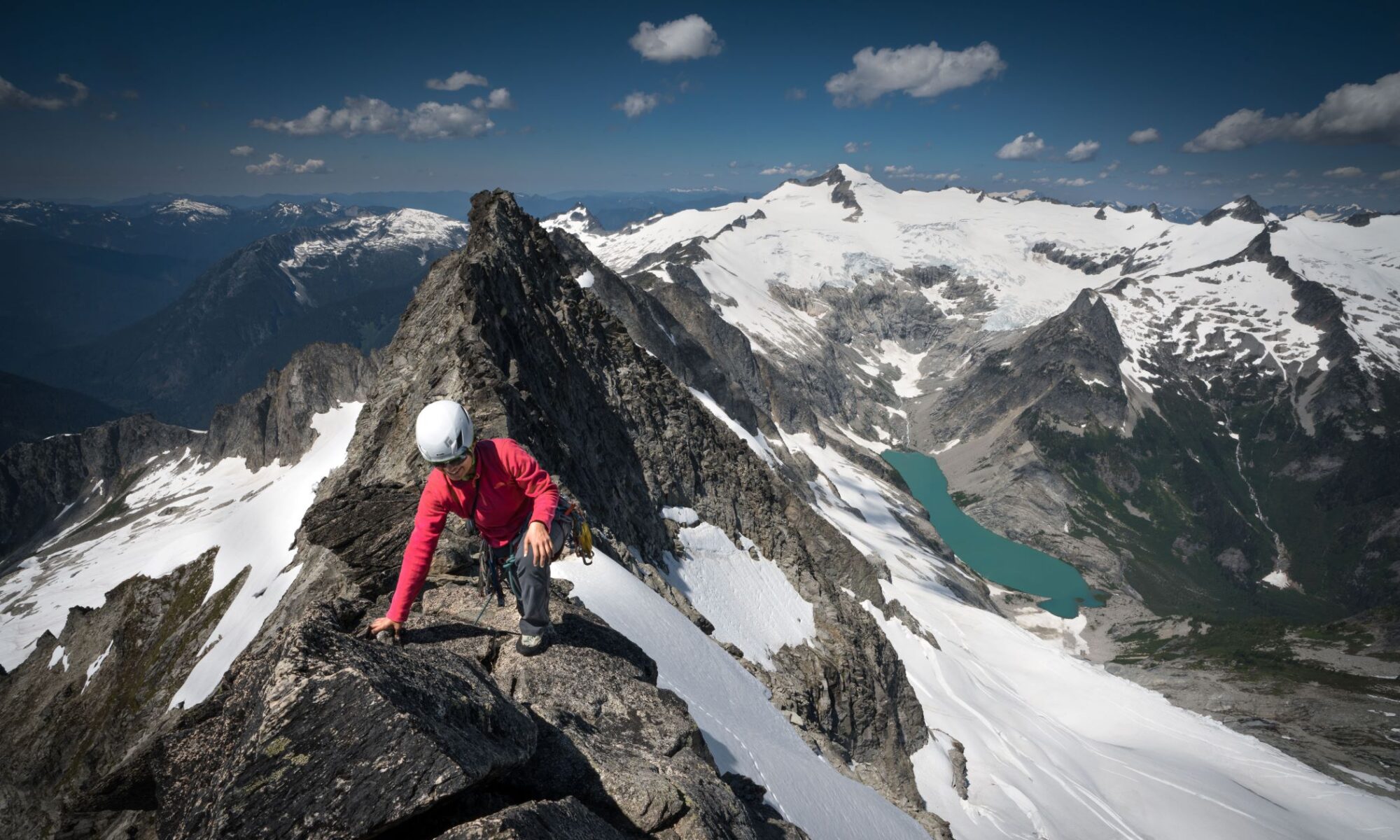
Milton enrolled in our Intermediate Climbing School in 2016. He had previous mountaineering experiences climbing in Colombia and Peru, and some rock climbing in Georgia and North Carolina.
He is part of our Leadership Development team and has helped out with our Basic Climbing Education Program, ICS and crevasse rescue skill builders. When not outdoors, he works as a bilingual information systems specialist.
Name: Milton Diaz
Pronouns: He/ Him/ His
Year Joined Mazamas: 2016
Present-day outdoor activities: Mountaineering, climbing, splitboarding, snowboarding
What’s your earliest outdoor memory? Climbing with my dad in Colombia when I was 12. We climbed Nevado El Ruiz, which is 5,389 meters with his group of friends. After that, I got hooked climbing snow peaks in the Sierrra Nevada El Cocuy.
How did you first hear about the Mazamas, and what prompted you to engage with the organization? I was looking for a mountaineering club when I moved to Portland in 2015. I could not enroll in BCEP because I missed the registration date, but I signed up for ICS and then got hooked climbing the volcanoes in Washington and Oregon. After ICS I took the Backcountry Ski class with the Mazamas and started doing more backcountry tours in the North Cascades, Mt. Saint Helens and Mt Hood. Last year I did the Steep Snow and Ice class, and I’ve been climbing more technical routes, also doing some ice climbing in Hyalite Canyon and started leading my own climbs like El Dorado.
As more people seek to recreate outdoors, what advice would you offer them? Take a mountaineering class like BCEP that teaches you the basics like self arrest, climbing techniques, rappelling, and knots, and then take ICS if you want to be on more challenging climbs and start leading your own climbs with friends.
What activities/situations/people most inspire you? I got inspired when I read climbing reports on Facebook and the Mazama Bulletin. I like to see people going outside and challenging themselves doing what they love.
What is your favorite book/movie/TV show/social media account that you follow and why? My favorite book is Touching the Void by Joe Simpson. It is a true inspiration for all, what he did to survive after falling in a crevasse, even crawling on a glacier alone!
What’s on your adventure bucket list? All the peaks in the North Cascades. So far I have climbed Mt Shuksan, El Dorado, Ruth Mountain and some failed attempts to Sahale but there are some many beautiful mountains out there that I want to climb. I also want to climb the North Ridge of Mt Baker and the Kautz route in Mt Rainier.




















